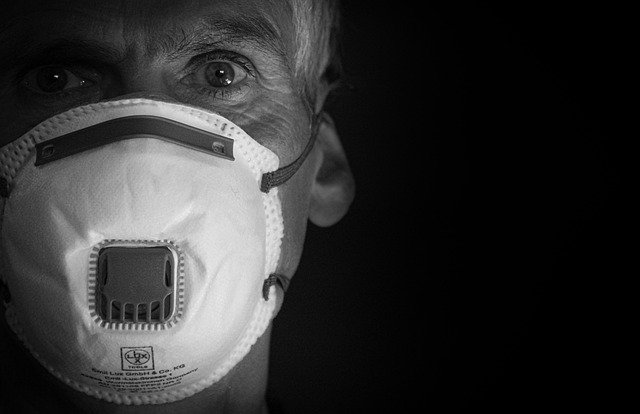The second COVID wave is expected to peak between April and May, according to scientists.
Scientists are currently developing a mathematical model to analyse the COVID-19 distribution, and they expect that the current second wave will peak between April 15-20 and then decline. Scientists are currently developing a mathematical model to analyse the COVID-19 spread, and they believe the current second wave will peak between April 15-20 and then decline.
They forecast that the ongoing second-wave of COVID-19 pandemic across the country will see a steep decline by the end of May, based on a mathematical model. Scientists, including Prof. Manindra Agrawal of the Indian Institute of Technology (IIT) Kanpur, used the model to forecast the current outbreak’s trajectory and discovered that the number of daily new infections was likely to peak in mid-April for this pandemic wave.
Prof. Agrawal, of the IIT’s Department of Computer Science and Engineering, was active in the national “mega model” project and estimated that between 80,000 and 90,000 new infections every day will occur at its peak.”We will reach the peak (between April 15-20) and then there will be a sharp drop over the next 15-20 days,” Agrawal predicted.
According to him, it may be attributed to crowds associated with the opening of schools, universities, and other workplaces, where people were comparatively more reckless and that certain mutations spread more quickly.
If the number of Covid-19 cases begins to decline in the fourth week of April, an alert in the expert committee’s original prediction in their super model will still apply.
The warning was as follows: “If proper masking, disinfecting, tracing, and quarantine procedures are not followed, this number will begin to rise again. Only if we continue with our activities would the downward trend continue.” The model, according to Agrawal, uses three key parameters to forecast the pandemic’s path.
The first is known as Beta, or touch rate, and it determines how many people an infected person infects every day. It has something to do with the R-naught meaning: the number of people an infected person infects during their infection. The other two parameters are ‘Reach,’ which is a measure of the population’s exposure to the pandemic, and ‘Epsilon,’ which is the ratio of observed to undetected cases,’ he clarified.
“The touch rate had doubled in March, which may be leading to the very steep increase,” Agrawal said. “The reason we had to implement ‘Reach’ is that, unlike previous pandemics, which started at a single location and spread quickly across a region, the pandemic spread in Covid has been slower due to the many protection measures in place,” Agrawal explained.
Moreover, he said that the ‘Epsilon’ helps account for the amount of asymptomatic infections across the world. “We try to estimate the number of infections that are undetected and asymptomatic,” he said.



